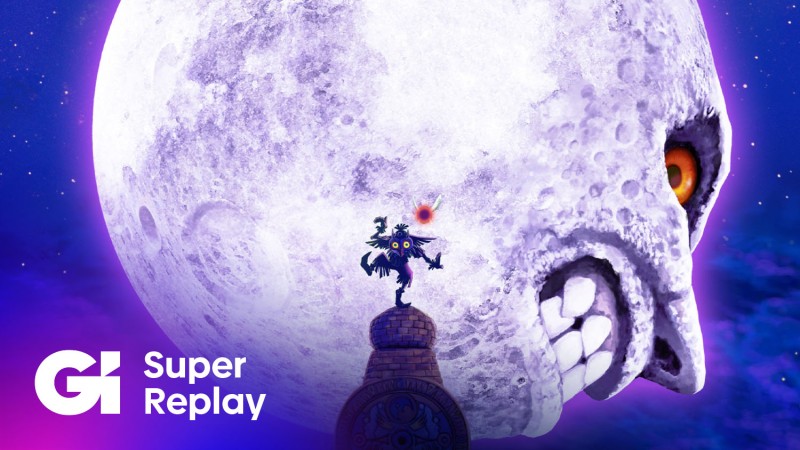
Six Degrees has been a staple of the security industry since the ‘90s, working with a wide range of companies and government entities to advise on and design solutions for information security. We have partnered with Check Point for many years, working with some of the company’s largest customers on extensive and complex projects. A central challenge is maintaining the confidentiality, integrity, and availability of information over time. For those of us who focus on this aspect of the industry, the definition of SASE by the industry in 2019 should have been a wake-up call. But it took a worldwide pandemic to get our attention.
The past few years have brought dramatic alterations to how and where users access company resources. These alterations have significantly impacted the ability to enforce security controls. The traditional data center firewall found itself with fewer people and assets behind it. That led to a new question. How do we offer remote users the same protections as a data center firewall when remote users are increasingly accessing applications that aren’t hosted within the data center?
Timing is everything
In 2019, Check Point created the Harmony product pillar and moved to Infinity Portal. (Harmony was designed to provide unified security for the end user and Infinity Portal provided cloud-based rather than on-prem security management). With the pandemic in full swing, Six Degrees focused on helping customers provide access for their newly remote users via the existing firewalls. At the same time, Six Degrees built a team focused on addressing email security using Harmony Email & Collaboration (HEC). HEC leveraged a patented technology formerly known as Avanan and incorporated Check Point ThreatCloud (AI-based analysis technologies) for even greater protection.
The initial results of the new Six Degrees email team were impressive. In 2023, the team brought on more Check Point customers than in any previous year in Six Degrees’ history. The key to this success was the pace at which the proof of value for HEC could be realized. With a 15-minute setup and 14-day trial led by a Six Degrees email specialist, customers were easily able to see the risk mitigation and automation benefits of the HEC solution. Six Degrees and Check Point recognized the success, and both added additional solutions team members to the effort.
Near the halfway point of 2024, we are seeing a true shift to the new edge with the pace of adoption already exceeding that of 2023. Conversations are expanding from email to many other aspects of the new edge. Customers that were new to Check Point last year are now fans of HEC, and they are more open to trying additional Harmony solutions. There is a sort of muscle memory that comes from successful HEC trials that makes it easy for a customer to imagine extra value from an application that is just a click away in the Infinity Portal. We are seeing remarkable success with SASE, SaaS, Endpoint, MDR, Browse, and of course, HEC. Success compounds as we build on previous successes. All of Check Point’s solutions supply AI-powered, cloud-delivered security, making deployment rapid without the need for additional headcount.
Protecting against what you don’t know
The newly launched Harmony SaaS service complements HEC deployment through an ecosystem approach to SaaS security. Organizations, on average, use 130 SaaS applications, yet there is research showing that there are often more than 700 additional SaaS applications in use without the knowledge of IT. Most SaaS data leakage and supply chain attacks are a result of these connections. With Harmony SaaS, SaaS security isn’t left to chance. App-to-app connections are monitored and mitigated, including potential integrations with shadow SaaS tools, APIs, and plugins.
Essentials of the SaaS Security offering:
- Installs in minutes
- Discovers your SaaS applications, plugins and APIs
- Analyzes security posture gaps
- Provides single-click remediation
- Automatically stops SaaS attacks in their tracks
Additionally, and possibly best of all, Harmony SaaS doesn’t require prior expertise, making it easy for anyone on the team to manage SaaS security.
The combination of Check Point Infinity Portal and Harmony Email & Collaboration gives CIOs the best possible protection for their organizations. The products are solutions for responding to and staying ahead of increasingly sophisticated threats. Get more information or schedule a trial by contacting Six Degrees, either through a call or the link below.
Learn more here. For additional cyber resilience insights, please see CyberTalk.org’s past coverage or explore this eBook.




